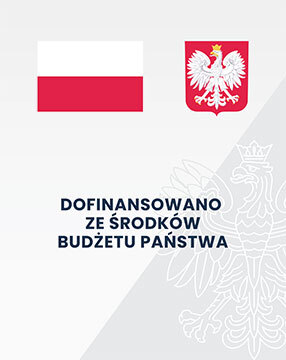ACADEMIC LIBRARY RESEARCH DEVELOPMENT IN THE CONTEXT OF IF OF JOURNALS: BIBLIOMETRIC ANALYSIS OF ARTICLES BASED ON THE LISTA DATABASE (2000-2019)
MARIOLA ANTCZAK
https://orcid.org/0000-0002-4378-7101
Afiliacja: Department of Information, Library and Book Science Faculty of Philology University of Lodz, Polska
ZBIGNIEW GRUSZKA
https://orcid.org/0000-0002-7834-3893
Afiliacja: Department of Information, Library and Book Science Faculty of Philology University of Lodz, Polska
Abstrakt
Thesis/Objective – This paper presents the results of bibliometric analysis of the metadata of 16095 articles about academic libraries published be- tween 2000 and 2019, extracted from the Library, Information Science and Tech- nology Abstracts (LISTA) database. The aim of the authors of this paper was to find out about the growth of research on academic libraries and also about the authors’ choice of the place of publica- tion (journals with and without IF). Method – In order to achieve the set goals, the following research methods were used: bibliometric analysis, method of do- cument analysis, method of literature review, comparative method. Results – The study confirmed that the journals with IF, despite some doubt regarding the Im- pact Factor as such, enjoyed a growing interest of authors throughout the whole analysed period, while the number of articles published in journals without IF clearly decreased.
Słowa kluczowe
Bibliometric analysis; Academic libraries; Research trends; University libraries; College libraries
Bibliografia
Ali, Mohammad Javed (2021). Impact factor under attack! Are the criticisms justified? Indian Journal of Ophthalmology 69(4), 790. doi: 10.4103/ijo.IJO_281_21.
Aslam, Sanila; Ali, Nusrat; Naveed, Muhammad & Mairaj, Muhammad Ijaz (2021). Research Productivity of Journal of Librarianship and Information Science from 1999-2019: A Bibliometric Study. Library Philosophy and Practice, 1-20. https://digitalcommons.unl.edu/libphilprac/5350
Atkins, Stephen E. (1988). Subject trends in library and information science research, 1975-1984. Library Trends, 36(4), 633-658.
Bloch, Sydney & Walter, Garry (2001). The Impact Factor: Time for Change. Australian & New Zealand Journal of Psychiatry 35(5), 563-568. doi: 10.1080/0004867010060502.
Braunstein, Stephanie Ganic & Ryan, Jenna & Hires, Will (2012). Academic libraries in crisis situations: roles, responses, and lessons learned in providing crisis-related information and services, in: Ch. Hagar ed. Crisis Information Management, 175-191, doi: /10.1016/B978-1-84334-647-0.50016-3.
Buttlar, Lois (1991). Analyzing the library periodical literature: Content and authorship. College & Research Libraries, 52(1), 38-53. https://doi.org/10.5860/crl_52_01_38.
Callaway, Ewen (2016). Beat it, impact factor! Publishing elite turns against controversial metrics. Nature 535, 210-211. doi: 10.1038/nature.2016.20224.
Cervone, Frank (2005). Library development: a long-term strategy for library funding, Library Administration & Management, 19(1), 7-15. doi: 10.5860/llm.v19i1.1503.
DORA. (2021). https://sfdora.org/.
Dora, Mallikarjun & Kumar, H. Anil (2020). National and international trends in library and information science research: A comparative review of the literature. IFLA Journal, 46(3), 234-249. doi: 10.1177/034003521988661.
Garfield, Eugene (1999). Journal impact factor: a brief review. Canadian Medical Association Journal 161(8), 979-980.
Garfield, Eugene (2003). The meaning of the impact factor. International Journal of Clinical and Health Psychology, 3(2), 363-369.
Garfield, Eugene (2006). The History and Meaning of the Journal Impact Factor. JAMA, 295(1), 91-93.
González-Alcaide, Gregorio; Castelló-Cogollos, Lourdes; Navarro-Molina, Carolina; Aleixandre-Benavent, Rafael & Zurián, Juan Carlos (2008). Library and information science research areas: Analysis of journal articles in LISA. Journal of Association of Information Science and Technology, 59, 150-154. doi: 10.1002/asi.20720.
Han, Xiaoyao (2020). Evolution of research topics in LIS between 1996 and 2019: an analysis based on latent Dirichlet allocation topic model. Scientometrics, 125, 2561-2595. htt ps://doi.org/10.1007/s11192-020-03721-0.
Hydar, Ali; Mahadevamurthy, M. & Jagadesha, B. M., (2015). A bibliometric analysis of the Journal of Academic Librarianship. International Journal of Library and Information Studies, 5(4), 83-90.
Järvelin, Kalervo & Vakkari, Pertt i (1990). Content analysis of research articles in library and information science. Library and Information Science Research, 12(4), 395-421.
Koelblinger, Dorothea; Zimmermann, Georg; Weineck, Silke B. & Kiesslich, Tobias (2019) Size matters! Association between journal size and longitudinal variability of the Journal Impact Factor. PLoS ONE 14(11): e0225360. doi: 10.1371/journal.pone.0225360.
Kulczycki, Emanuel; Holowiecki, Marek; Taşkın, Zehra & Krawczyk, Franciszek (2021). Citation patt erns between impact-factor and questionable journals. Sciento metrics: An International Journal for All Quantitative Aspects of the Science of Science, Communication in Science and Science Policy, 126(10), 8541. doi: 10.1007/s11192-021-04121-8.
Kumpulainen, Sisko (1999). Library and information science research in 1975: Content analysis of the journal articles. Libri, 41(1), 59-76. https://doi.org/10.1515/libr.1991.41.1.59.
Larivière, Vincent (2016). A simple proposal for the publication of journal citation distributions. bioRxiv 062109. doi: https://doi.org/10.1101/062109.
Law, Rob & Leung, Daniel (2020). Journal impact factor: A valid symbol of journal quality? Tourism Economics, 26(5), 734-742. doi:10.1177/1354816619845590.
Milojević, Staša; Sugimoto, Cassidy R.; Yan, Erij; Ding, Ying et al. (2011). The cognitive structure of library and information science: Analysis of article title words. Journal of the American Society for Information Science and Technology, 62(10), 1933-1953. doi: 10.1002/asi.21602.
Moed, Henk F. & Leeuwen, Thed N. (1995). Improving the accuracy of Institute for Scientific Information’s Journal Impact Factors, Journal of the Association for Information Science and Technology, 6, 461-467. doi: 10.1002/(SICI)1097-4571(199507)46:6<461::AID-ASI5>3.0.CO;2-G
Onyancha, Omwoyo Bosire (2018). Forty-Five Years of LIS Research Evolution, 1971-2015: An Informetrics Study of the Author-created words. Publishing Research Quarterly, 34, 456-470. doi: 10.1007/s12109-018-9590-3.
Orbay, Keziban; Miranda, Ruben & Orbay, Metin (2020). Building Journal Impact Factor Quartile into the Assessment of Academic Performance: A Case Study. Participatory Educational Research, 7(2), 1-13. doi: 10.17275/per.20.26.7.2.
Singh, K.P. & Chander, Harish (2013). Publication trends in library and information science. A bibliometric analysis of Library Management Journal, 35(3), 134-149. doi: 10.1108/LM-05-2013-0039.
Smarandache, Florentin (2020). Improved, extended, and total impact factor of a journal. Bulletin of Pure & Applied Sciences-Mathematics, 39E(2), 183-187. doi: 10.5958/2320-3226.2020.00017.X.
Sootheran, Jeffrey (2014). Academic libraries and development: A bibliometric analysis of LIS journals relating to funding. Bott om Line, 27(3), 107-122. doi: 10.1108/BL-04-2014-0008.
Srirahayu, Dyah Puspitarasi; Eliyana, A., & Usman, I. (2020). Leadership in Academic Libraries Trends: a bibliometric analysis. Talent Development & Excellence, 12(1), 2932-2942.
Tuomaala, Ott o; Järvelin, Kalervo & Vakkari, Pertti (2014). Evolution of library and information science, 1965-2005: Content analysis of journal articles. Journal of the Association for Information Science and Technology, 65(7), 1446-1462. doi: 10.1002/asi.23034.
Williams, Gareth (2007). Should we ditch impact factors? BMJ, 334(7593), 568. doi: 10.1136/bmj.39146.549225.BE.
Winston, Mark D. & Quinn, Susan (2005), Library leadership in times of crisis and change. New Library World. 106(9/10), 395-415. doi: 10.1108/03074800510623083.
https://orcid.org/0000-0002-4378-7101
Afiliacja: Department of Information, Library and Book Science Faculty of Philology University of Lodz, Polska
Biogram:
Mariola Antczak, associate professor, is head of Department of Information, Library and Book Science at the University of Łódź in Poland. Areas of interest: reading culture, library marketing and management, information culture. The au- thor of many articles published in scientific and professional journals, for example: Relevance of Jean Twenge’s publica- tions to research on teenage reading culture Polish Libra ries, 2021, 9: 222-247; Deregulation of the librarian profes- sion in Poland: the course and the consequences (co-author Z. Gruszka). In: Information and technology transforming lives: connection, interaction, innovation: Proceedings of International Symposium Bobcatsss, Osijek 2019.
https://orcid.org/0000-0002-7834-3893
Afiliacja: Department of Information, Library and Book Science Faculty of Philology University of Lodz, Polska

Utwór dostępny jest na licencji Creative Commons Uznanie autorstwa – Użycie niekomercyjne – Bez utworów zależnych 4.0 Międzynarodowe.
Autor składa oświadczenie o oryginalności przesłanego tekstu, a w umowie wydawniczej przenosi na rzecz Wydawcy nieodpłatnie majątkowe prawa autorskie w zakresie jednorazowego opublikowania dzieła.
CC BY-NC-ND 4.0 Uznanie autorstwa - Użycie niekomercyjne - Bez utworów zależnych 4.0 Międzynarodowe




